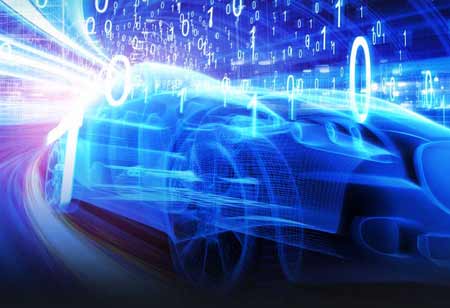The automotive industry is meeting the challenge of designing and manufacturing the next generation of EVs by embracing emerging technologies to change its manufacturing processes radically.
Fremont, CA: Carmakers will make some tough decisions to bring software development in-house. Some will even start building their own vehicle-dedicated operating systems and computer processors or partner with chipmakers to develop next-generation operating systems and chips to run onboard systems for future autonomous vehicles.
How AI is Changing Production Operations
Automotive assembly areas and production lines use artificial intelligence (AI) applications in several ways. These include new smart robots, human-machine interaction, and advanced quality assurance methods.
While AI is being used extensively in vehicle design, carmakers also currently use AI and machine learning (ML) in their manufacturing processes. Robotics in assembly lines is nothing new and have been used for decades. However, these were robots in cages that operated in strictly defined spaces and did not permit any human incursion for safety reasons. With AI, intelligent collaborative robots can work with their human counterparts in a shared assembly environment.
The Rise of Additive Manufacturing for Production Parts
3D printing to fabricate parts is now an established part of automotive production. This industry is second only to aerospace and defense in additive manufacturing (AM) for display. Today's most vehicles have a wide assortment of AM fabricated parts incorporated into the overall assembly. This includes a range of automotive parts from engine components, gears, gearboxes, brake components, headlamps, body kits, bumpers, fuel tanks, grills, and fenders, to frame construction. Some carmakers are even printing complete bodies for small EVs.
Digital Twin Optimizes Production Systems
Using a digital twin in automotive production makes it possible to plan the entire manufacturing process in an entirely virtual environment before physically building production lines, conveyance systems, and robotic work cells or installing automation and controls. In addition, a digital twin can simulate a system while operational because of its real-time characteristics. This allows manufacturers to monitor the system, create models for adjustments, and make changes to the system.

 Copyright © 2025 AutoTech Outlook. All Rights Reserved | Privacy Policy | Subscribe | Sitemap | About us | Feedback Policy | Editorial Policy
Copyright © 2025 AutoTech Outlook. All Rights Reserved | Privacy Policy | Subscribe | Sitemap | About us | Feedback Policy | Editorial Policy